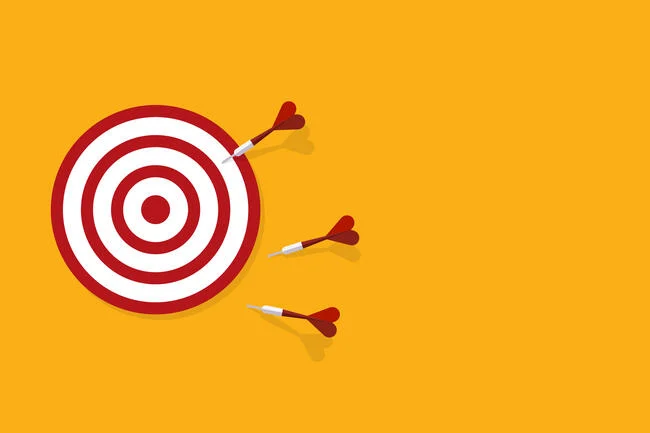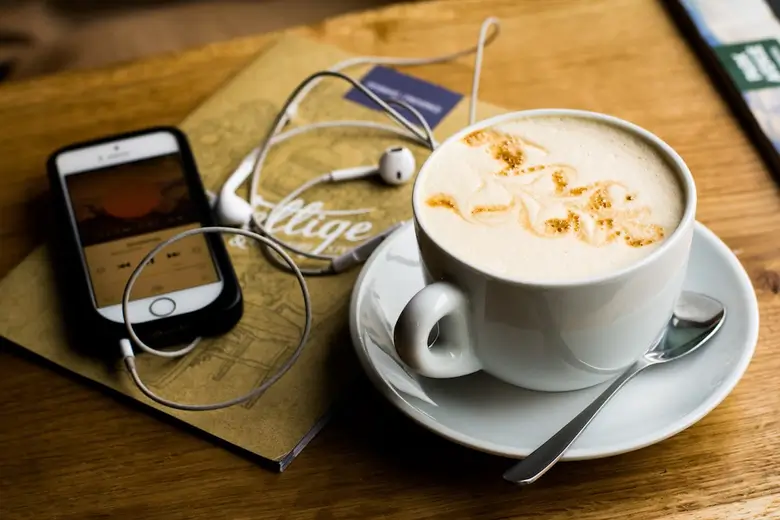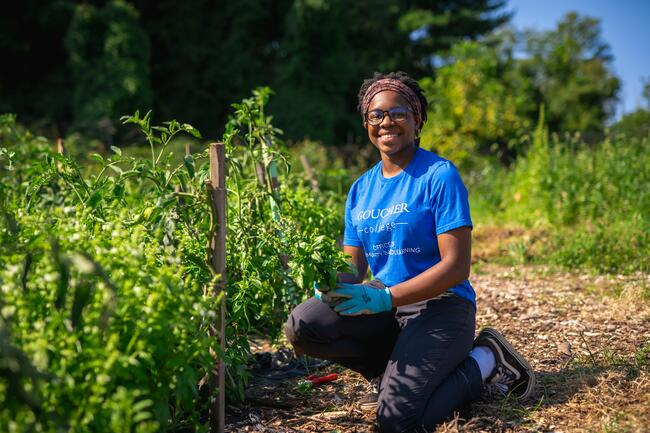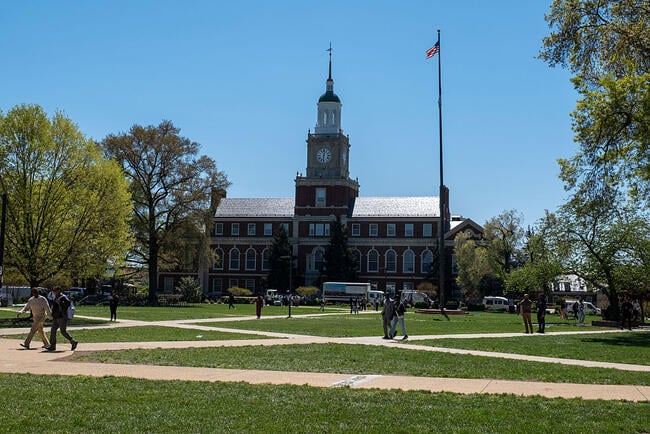
In the competitive world of higher education, where success is often measured by grades and accolades, one institution is flipping the script. Hamilton College has introduced a groundbreaking initiative that encourages students to view missteps not as endpoints, but as essential stepping stones. This approach aims to build resilience in a generation facing unprecedented pressures, sparking a campus-wide conversation about personal development.
The Origins of a Revolutionary Idea
At Hamilton College, a small liberal arts school known for its rigorous academics, change began brewing about five years ago. The creation of the ALEX division—standing for Advise, Learn, Experience—marked a shift toward centralized student support. This unit brought together various offices under one umbrella to streamline help for undergraduates navigating college life.
When KinHo Chan stepped in as dean of engaged education three years ago, he noticed a gap. Despite shared goals, the offices operated in silos. To foster unity, annual themes were introduced, starting with reflection last year, which encouraged pausing to assess experiences.
Now, the focus turns to something more provocative: learning from setbacks. Chan envisioned a culture where stumbling is seen as integral to innovation. This idea didn’t emerge in a vacuum; it responded to observed student struggles that demanded a proactive response.
As an author who’s covered education for years, I recall my own college days at a similar institution. I once avoided a challenging philosophy course fearing a low grade. Looking back, that hesitation limited my growth, much like what Hamilton seeks to address.
Why Today’s Students Need This Shift
Generation Z enters college with a unique set of challenges. Raised amid rapid technological advances and a global pandemic, they grapple with heightened anxiety and a sense of existential uncertainty. Social media amplifies comparisons, making any slip-up feel catastrophic.
The rise of generative AI adds another layer. Tools that can produce essays or solve problems instantly disrupt traditional learning. Students must adapt, but many view initial difficulties as personal failings rather than opportunities to evolve.
COVID-19’s lingering effects can’t be ignored. Disrupted high school years left gaps in social skills and attention spans. Hamilton’s leaders recognize that without guidance, these issues could hinder long-term success.
In my experience interviewing young adults, I’ve heard stories of paralysis from fear of error. One former student shared how a failed internship application led to withdrawing from extracurriculars entirely. Initiatives like this could prevent such retreats.
Research supports this need. Studies show that resilient individuals bounce back stronger, yet many colleges overlook teaching this skill explicitly. Hamilton’s move fills that void, targeting the emotional toolkit students require.
Unpacking the Failing Better Campaign
Launching this fall, the campaign weaves through every aspect of student life. Orientation for newcomers includes materials framing setbacks positively. Faculty are encouraged to integrate related discussions into syllabi, turning classrooms into safe spaces for exploration.
ALEX’s three pillars each contribute uniquely. Advising offices help students choose risky but rewarding paths, like advanced courses. Learning supports provide strategies for overcoming academic hurdles, while experiential offices promote internships and study abroad despite potential pitfalls.
Partnerships extend beyond ALEX. Collaborations with the library, research centers, and career services ensure a holistic approach. For instance, career advisors might discuss job rejections as learning moments.
A speaker series brings in experts and alumni to share stories of triumph over adversity. A public speaking event lets students present on their own experiences with missteps, fostering community and vulnerability.
I’ve attended similar events at other campuses, and they can be transformative. Hearing a successful professional admit to multiple failures normalizes the process. Hamilton’s version promises to inspire while building skills.
Drawing Wisdom from Failure Experts
The campaign draws heavily from Amy Edmondson’s work in “Right Kind of Wrong: The Science of Failing Well.” Edmondson, a Harvard professor, distinguishes between harmful and beneficial errors. She advocates choosing intelligent risks and learning systematically from outcomes.
Chan echoes this, emphasizing not all stumbles are equal. The key is guiding students to discern when to persist or pivot. This nuanced view prevents glorifying recklessness while promoting growth.
Edmondson’s ideas resonate because they’re backed by research. Her book highlights how organizations thrive by cultivating psychological safety. Applying this to education makes sense, as students need environments where trying new things isn’t punished.
Personally, I wish I’d encountered such concepts earlier. In my early writing career, a rejected manuscript devastated me. Only later did I see it as a chance to refine my craft, much like what Edmondson describes.
Hamilton plans to incorporate her principles into workshops. Students might analyze case studies of famous innovators who failed repeatedly. This intellectual foundation strengthens the campaign’s practical elements.
Intelligent Risks in Action
One core idea is encouraging “intelligent risks.” This means opting for challenges with high learning potential, even if success isn’t guaranteed. For example, enrolling in a demanding major or leading a club project.
Support structures ensure these aren’t blind leaps. Tutoring and mentoring help mitigate downsides. The goal is to build confidence through managed exposure to uncertainty.
Chan stresses reframing everyday struggles. Issues with focus due to tech aren’t failures but adaptations needing tools. This mindset shift could reduce dropout rates from frustration.
Lessons from Peer Institutions
Hamilton isn’t alone in this endeavor. James Madison University runs the REBOUND program, helping students recover from academic setbacks. It offers coaching on time management and study skills post-failure.
Pepperdine University’s RISE initiative integrates wellness into academics. It teaches resilience through curricula addressing mental health and perseverance. These programs show a growing trend in higher ed.
Comparing approaches, Hamilton’s is distinctive in its campus-wide integration. While others focus on specific groups, this campaign targets all students preemptively. It aims to prevent issues rather than just react.
In my reporting, I’ve seen varying success rates. Programs with strong faculty buy-in tend to thrive. Hamilton’s inclusion of syllabi changes suggests they’re on the right path.
A table of similar initiatives might illustrate this trend:
| Institution | Program Name | Focus |
|---|---|---|
| Hamilton College | Failing Better | Embracing failure campus-wide |
| James Madison University | REBOUND | Recovery from academic setbacks |
| Pepperdine University | RISE | Wellness and resilience integration |
These examples provide models, but Hamilton customizes to its community. Small class sizes allow personalized guidance, amplifying impact.
Navigating Potential Hurdles
No initiative is without challenges. Chan admits not all ideas will succeed. This honesty models the very principles they’re teaching—learning from what doesn’t work.
One concern is student buy-in. In a high-stakes environment, some may resist vulnerability. Overcoming perfectionism ingrained from K-12 education requires time and consistent messaging.
Faculty engagement varies too. While some embrace it, others might see it as extraneous. Training sessions could help align everyone.
From my perspective, cultural shifts take patience. I once covered a university’s mindfulness program that floundered initially but flourished after adjustments based on feedback.
Hamilton plans to measure success thoughtfully. Tracking participation in risk-taking activities, like study abroad enrollments, offers quantitative data. Surveys on mindset changes provide qualitative insights.
Building a Supportive Ecosystem
The campaign fosters partnerships across campus. Libraries might host failure-themed exhibits, showcasing historical figures’ setbacks. Research offices could discuss grant rejections as normal.
This interconnectedness strengthens the message. Students see consistency, reinforcing that growth mindsets apply everywhere. It also builds community, reducing isolation in tough times.
Alumni involvement adds credibility. Hearing from graduates who’ve turned failures into careers motivates. These stories humanize success paths.
Personal Stories: The Human Side of Setbacks
As someone who’s navigated professional ups and downs, I can attest to the power of reframing. Early in my career, a book proposal was rejected multiple times. Instead of quitting, I dissected feedback and improved, leading to publication.
College students face similar crossroads. Imagine a freshman bombing a midterm—without support, they might drop the course. With guidance, they analyze mistakes and build study habits.
I’ve spoken with educators who share anecdotes. One professor described a student who failed a lab but later innovated in research. That pivot stemmed from viewing the failure as data, not defeat.
Hamilton’s approach could multiply such outcomes. By normalizing discussions, it destigmatizes seeking help. This emotional safety net is crucial for mental health.
The Long-Term Vision for Student Empowerment
Beyond immediate skills, this initiative prepares graduates for life. Employers value resilience over perfection. In a volatile job market, adapting to change is key.
Imagine alumni crediting Hamilton for their tenacity. Whether in startups or nonprofits, the ability to iterate after setbacks drives innovation. This edge could enhance the college’s reputation.
Broader societal benefits emerge too. A generation comfortable with uncertainty might tackle global issues boldly. From climate action to tech ethics, progress requires risking failure.
In reflecting on this, I see echoes of my journey. College taught me facts, but life taught resilience. Hamilton’s proactive stance bridges that gap effectively.
As the campaign unfolds, its ripples could inspire other schools. Watching students transform challenges into strengths will be rewarding. Ultimately, redefining setbacks empowers not just individuals, but communities.
The true test lies ahead, but early signs point to a meaningful evolution in education. By fostering this mindset, Hamilton equips students to thrive amid unpredictability. It’s a reminder that growth often blooms from the soil of adversity.




